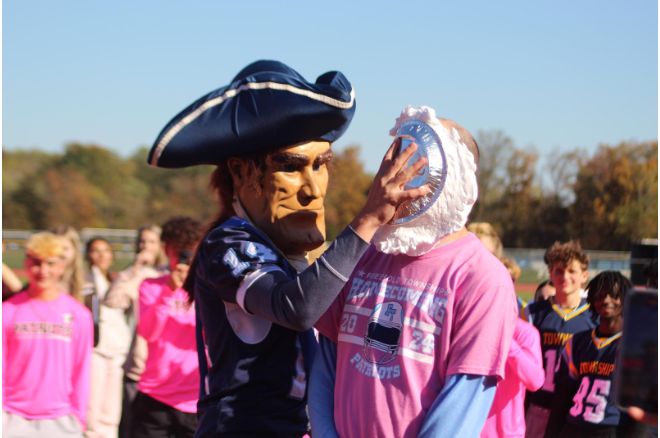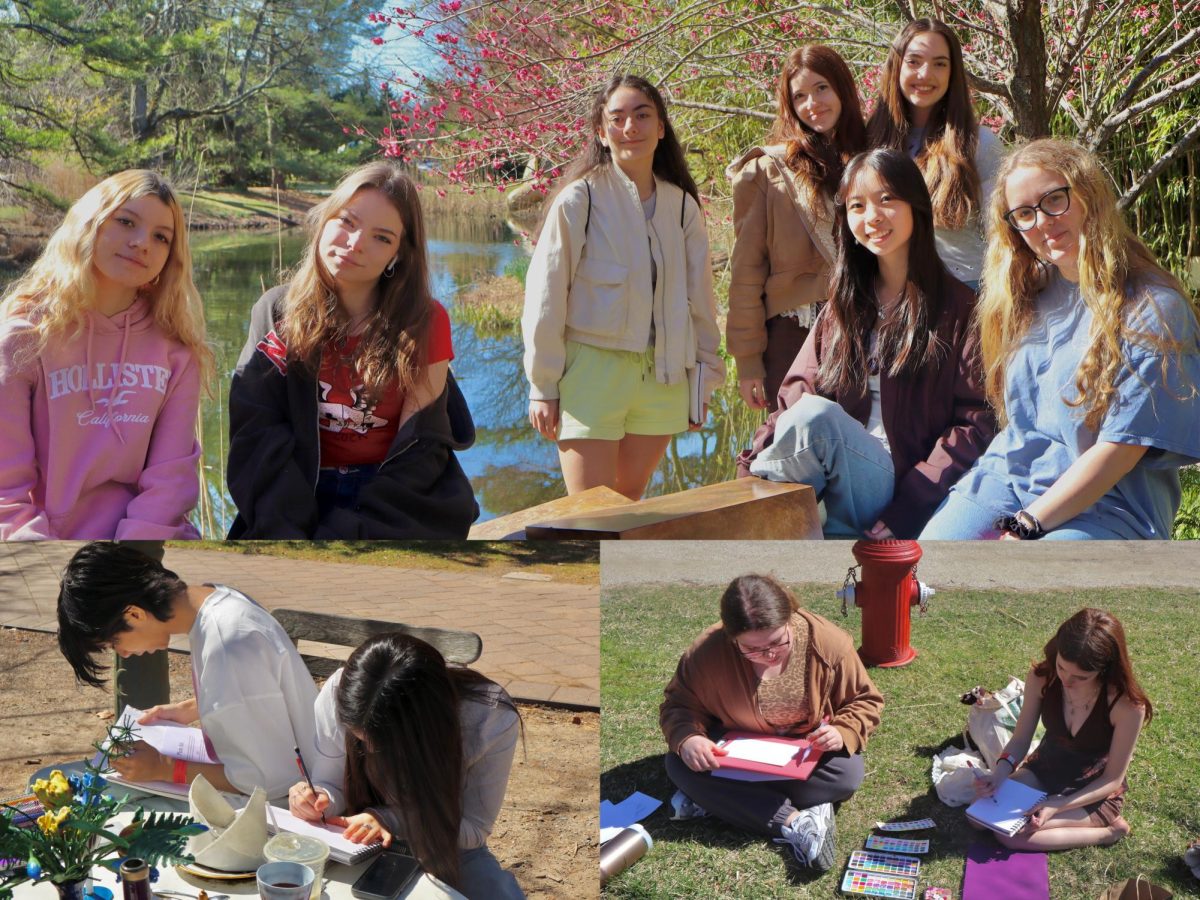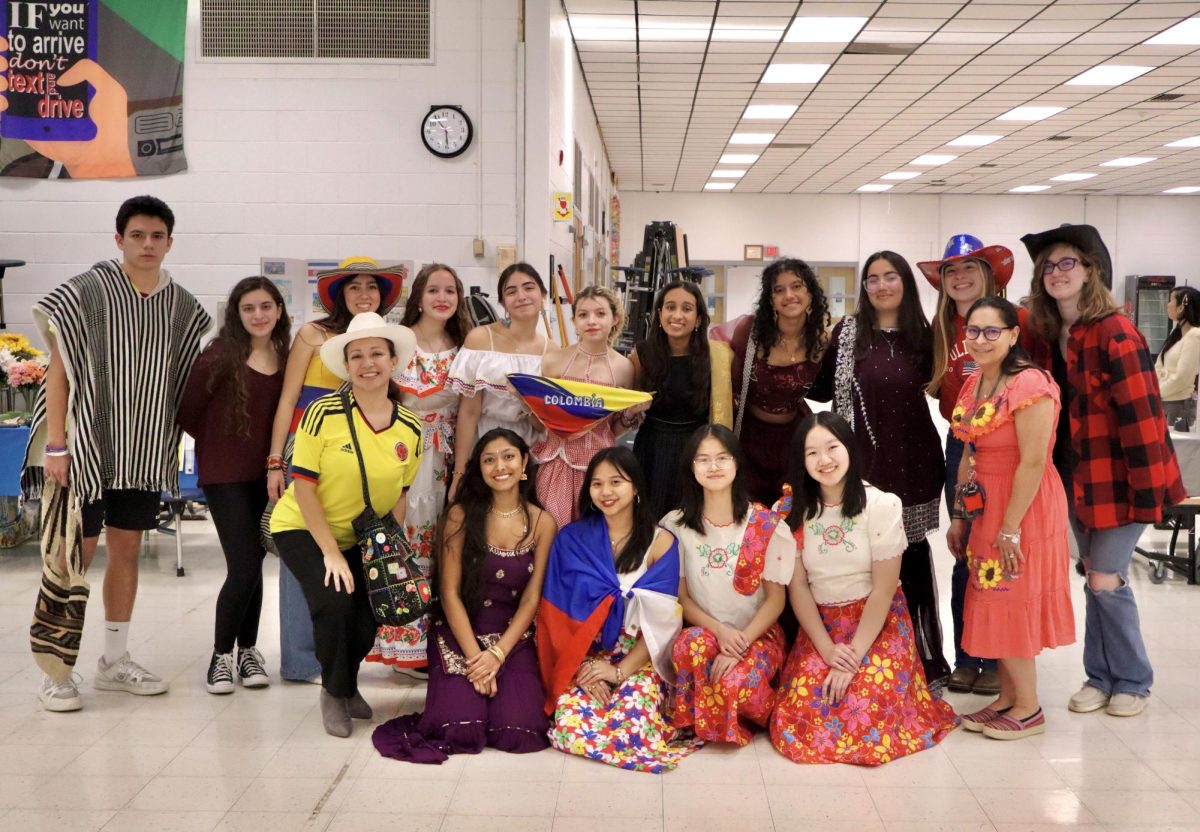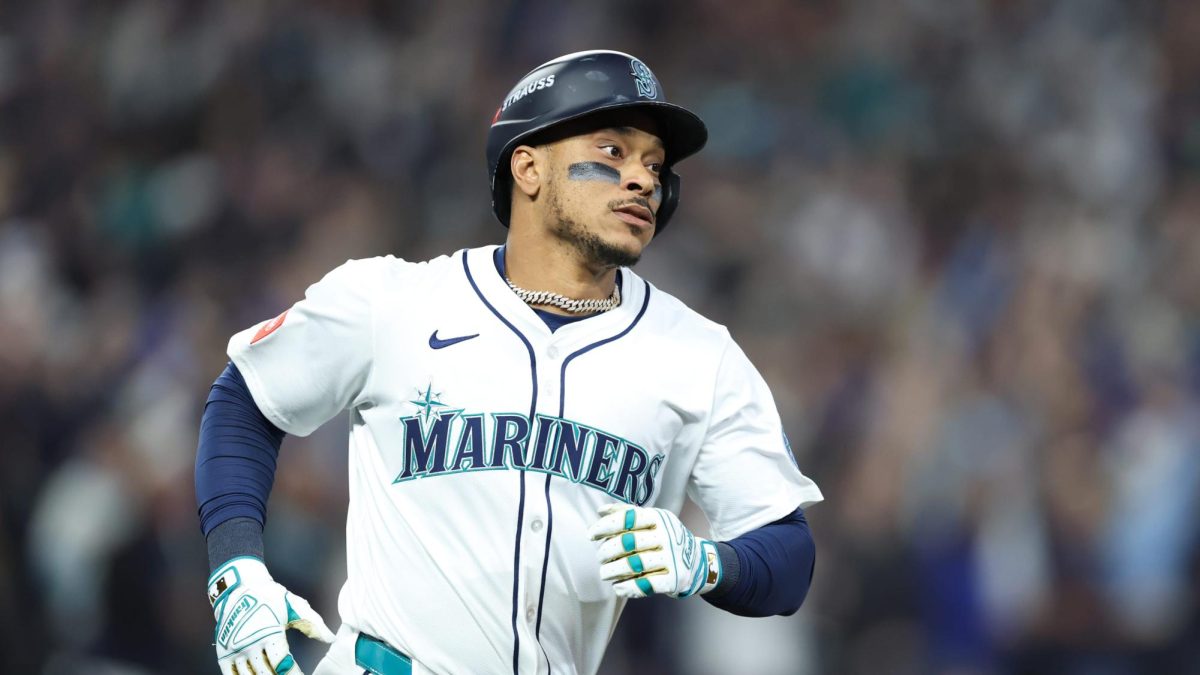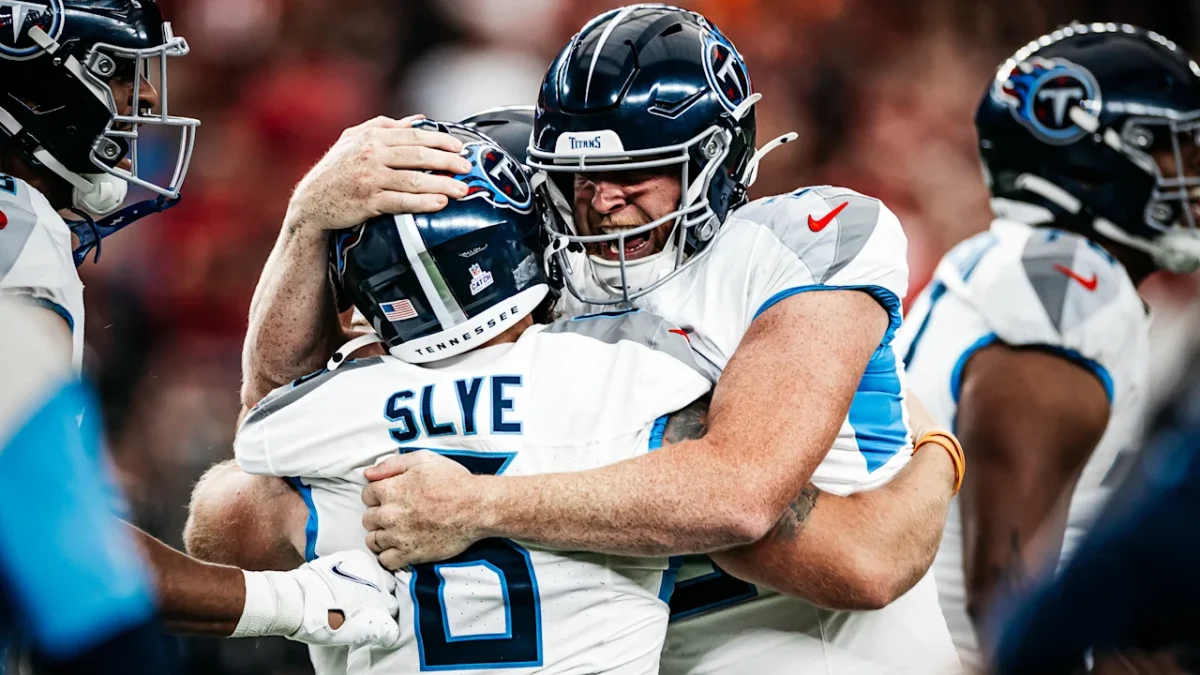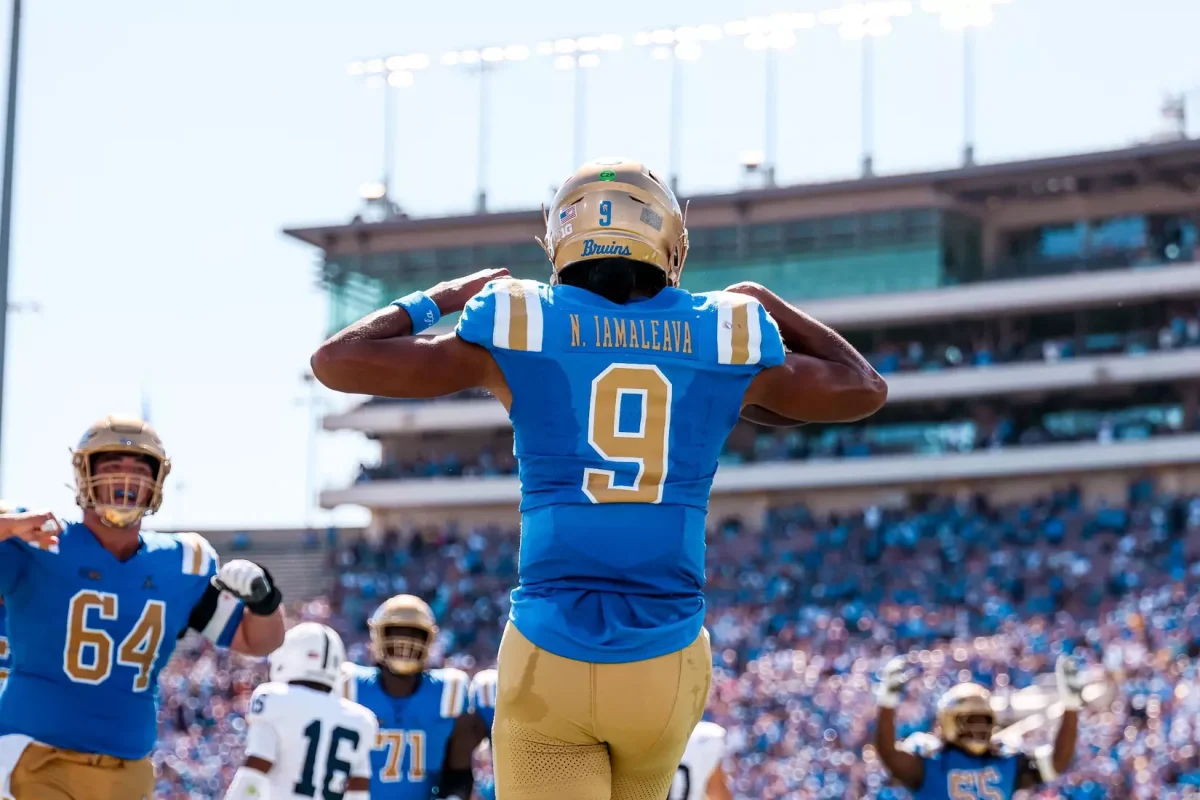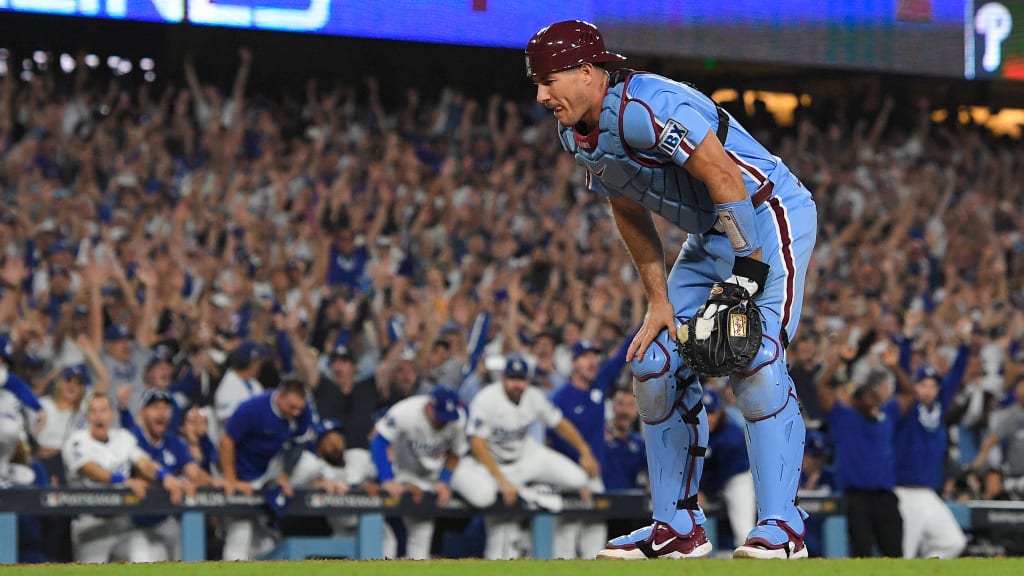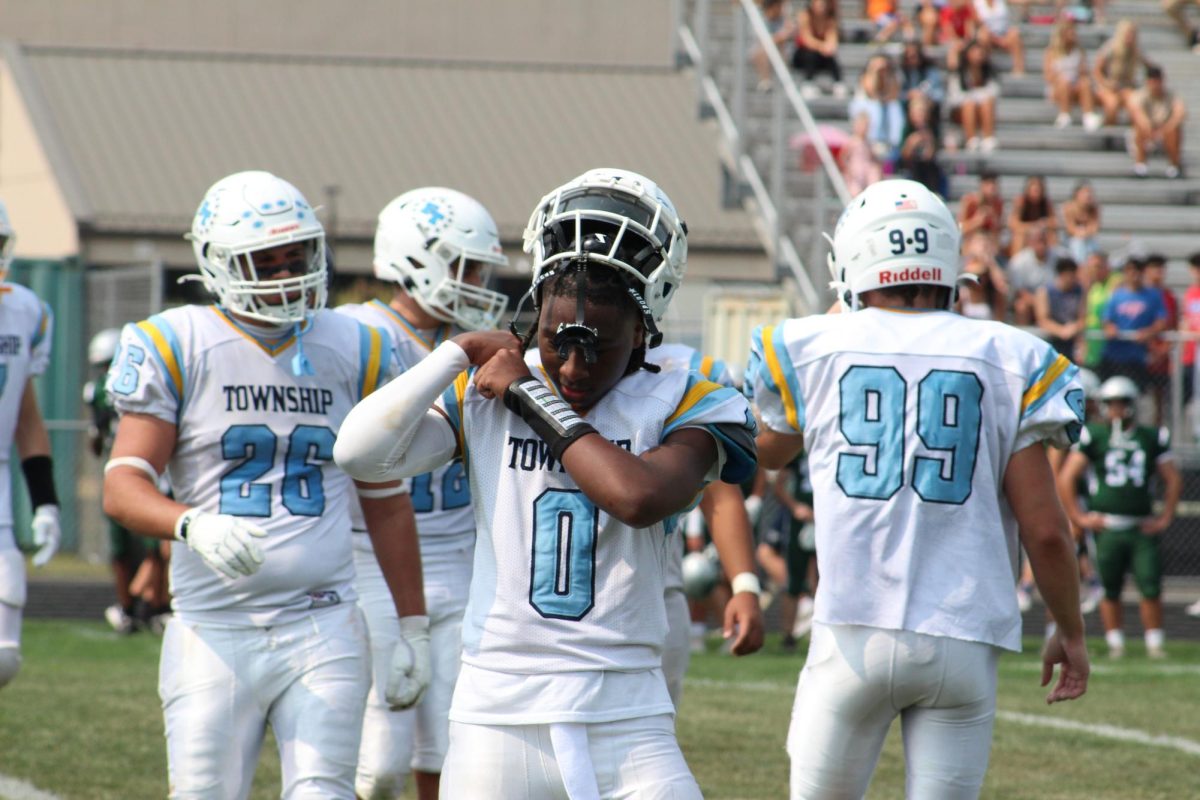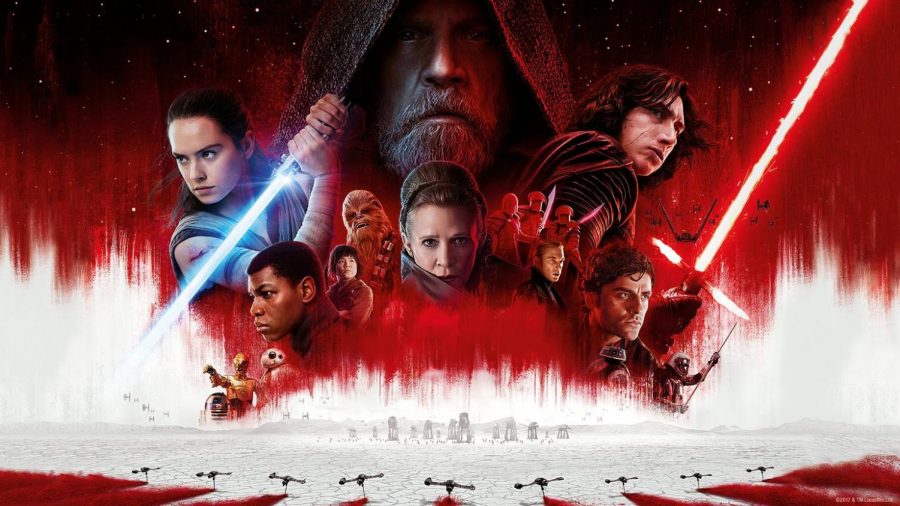Star Wars: The Last Jedi; What Exactly Makes It An Incredible Film?
January 17, 2018
The following contains spoilers to The Last Jedi.
Star Wars: The Last Jedi has been the most controversial Star Wars film among fans. The newest entry in the long running franchised hauled in a whopping $220 million during its opening weekend, making it the second highest opening weekend for a film ever, despite many fans being divided, as shown by its 56% score on Rotten Tomatoes out of over one hundred thousand reviews. Meanwhile, critics scored the movie a 93%, making The Last Jedi one of the highest rated movies of this year. Although fans have been divided over the film due to the eventual fate of their favorite character, new interpretation of an already established mythology, and the overall story they did not expect, The Last Jedi has received universal acclaim for its cinematography. Director Rian Johnson has clearly dumped all his heart and soul into his newest project, and because of that, The Last Jedi might be the best directed movie of the year. It’s gorgeous visuals and brilliant art direction are not what makes this film impressive, however. It is the smallest details that Johnson has placed in this film that will make other directors envy his art after they have realized what they actually had missed during their first viewing. In my review of The Last Jedi, I stated that “it’s the deep mythology and deep symbolism of the Star Wars universe that makes this a spectacular film and by far one of the best science fiction films of this generation.” Several of you asked me to analyze this deep mythology and symbolism that I spoke of. For those of you who were looking for a spoiler filled review that might be able to change your stance on the film, your wish is my command I understand that my review may have been vague due a lack of evidence to backup my claims about the film. In order to avoid spoilers, I had to keep things simple, but now you can read up on why The Last Jedi rightfully deserves that high 9.6 score.
Firstly, it’s important to note that it’s the carefully crafted decisions of the director that went into making this film excellent. This movie is filled with some of the greatest special effects that I have ever witnessed in a film. Despite how much I would love to praise every lightsaber swing and laserblast seen in the film, what I’m going to be focusing on is two events that happened within The Last Jedi, along with a few recurring details that are prominent throughout the film. The following is an analysis of just a few examples of the symbolism and mythology in The Last Jedi. There are hundreds of other scenes that you can find with just as much or even more meaning, but I’ll be sticking to just a few here today.
The Last Jedi is filled with extraneous details during its two and half hour adventure. These small details, however, expand on not only the overall story of The Last Jedi, but it help further characterize the heroes and villains of the story, providing a balanced story of morality, survival, and the force. One of the biggest scenes that helps bring out the motives and personality of the characters in The Last Jedi is the final duel, when Ben Solo and Luke Skywalker went face to face on the planet of Crait. The First Order attempted to send Skywalker to the kingdom as they used all their AT-AT cannons in order to terminate him, but the audience and the villain discovered shortly after that Luke had never actually left the last Jedi temple on Ahch-To. Luke projected a version of himself across the galaxy in order to give the rebellion a short amount of time to escape from The First Order. Kylo Ren, in this scene, reflects the audience in a particular way. Both Kylo Ren and the audience are so caught up in the blood rushing moment, that you fail to realize what exactly is wrong with Luke’s appearance. The first dead giveaway is the fact that the lightsaber that Kylo deeply desired is being held by Luke, although it was destroyed moments ago during Rey and Ben’s standoff on the supreme leaders starship. Luke also dons the outfit he last wore when attempting to kill Ben Solo in order to destroy the dark side he sensed in him. It’s the moments like this where The Last Jedi truly shines. It aims to be deceptively simple. Director Rian Johnson continues to develop the most popular story in all of cinema by multitasking both character development and major storytelling, in order to create what might be the second best Star Wars film. Kylo Ren has practically committed his life to finding Luke Skywalker. Adam Driver’s character is physically and emotionally filled with rage. He does not even hesitate for a second when he has the chance to kill Luke Skywalker. During the AT-AT attack, the character commands his army to keep firing on Skywalker, despite only one blast being needed to fulfill his current agenda. His lack of mindfulness yet savagery in attempting to kill Skywalker help Ben Solo further develop in the perspective of the audience. It’s the scene that truly reveals how determined this character is to get exactly what he wants. Every character in the film is determined to get what they want through selfish yet selfless means.
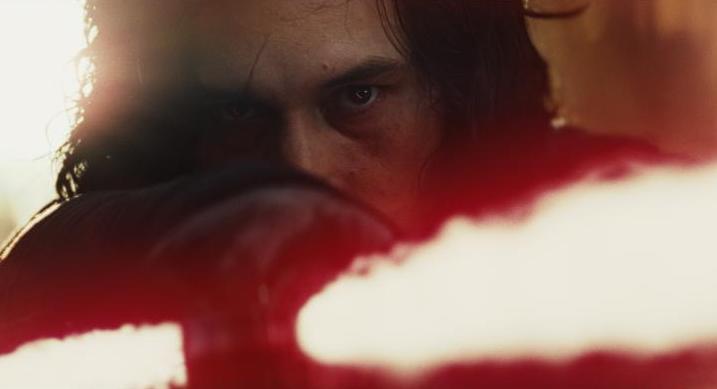
The characters in The Last Jedi are driven by a selfish yet selfless goal. Rey is determined to find her parents by helping The Resistance, Kylo Ren wants to kill Luke Skywalker in order to free The First Order from the morally fallen rebellion, Finn wants to abandon The Resistance in order to find Rey, Luke Skywalker refuses to train Rey so the Jedi Religion will die, and Leia begins to believe that the rebels should give up in order to save casualties, among others. The story of The Last Jedi is so ironic because in the characters’ eyes, this is seen as a moral cause, but in actuality, is completely selfish of them and goes beyond their morality. Their goals only benefit the lives of others, but protect themselves from their worst fears. The film goes above and beyond of what’s expected of the plot, but through the mere details that lie in the film itself. I can sit here and talk about the several different situations in which this mentality takes place, but my main focus will be on Luke Skywalker. That being said, Luke explains what happened in the past and when he does, you can see the fear in Hamill’s eyes and his gritty voice. He clearly does not want to train Rey, but it’s not just because its out of fear of recreating the events that lead up to the arrival of Kylo Ren. Rather, it’s because of what resulted to due to the arrival of Kylo Ren. During the flashbacks, Luke recalls how the other jedi being trained with Ben Solo were either found dead shortly after the destruction of the temple or vanished completely with no explanation. Luke is mortified by what had happened, which convinced him to go into exile after blaming himself for the deaths of the thirteen Jedi. Luke’s attempt to destroy the last pieces of Jedi history show how the character is a flawed master, unworthy of the Jedi Master status, and in some aspects, no longer the wise young man he once was. When Yoda came to burn the temple himself, Luke immediately falls to the ground, upon which the wise master tells him “you still have so much to learn young Skywalker.” In Luke’s final moments, he allows the rebellion to escape just grasping onto their last sign of hope. After which, he becomes one with the force and disappears in the physical form. Luke, in a way, fulfills his personal goal of not being Rey’s teacher by motivating her to teach herself, while also helping The Resistance by pushing Rey to her limits during their time of need. Not every character is what they seem to be in The Last Jedi. This is a fictional universe that continues to evolve its characters through unethical events that only result in pure chaos.
One thing the Star Wars films have never exactly dipped their toes into was the morality of their heroes and villains. Revenge Of The Sith was the only Star Wars movie to truly give the idea of the heroes and villains of Star Wars all being neither. The Last jedi goes deep into questioning the morality of the various characters that appear in the film. This is mostly seen, however, through the conflict between Rey and Ben, but can be applied to everyone else who appears in the film. Rey and Ben both have two connected minds through the force, allowing them to communicate with each other despite being light years away in person. It’s during these moments that the characters formally debate to each other who is morally right. Both characters come to the conclusion that they are both right, despite looking over what’s wrong with their perspective. What makes The Last Jedi so special is the fact that it is a Star Wars film where both the hero and villain are morally justified in their own right. Both of their goals are to stop the war at hand, but rather, through different means of action. Rey believes in a democracy that can freely dictate the people while Ben believes in a dictatorship that can give the civilians within this galaxy the same exact rights that Rey wishes to achieve. When Anakin fought Obi-Wan in Revenge Of The Sith, he explained that in his perspective, the Jedi were taking over the galaxy through the same means of the emperor. What makes The Last Jedi’s story so much better than this scene is the fact that both the protagonist and antagonist find time to analyze their point of view. There’s added context that was not able to back up the claims made by both the antagonist and the protagonist in Revenge Of The Sith. This further context, however, opens the door to the idea that there is no antagonist in the Star Wars films, but rather, everyone being the hero of their own story. Obi-Wan just accepts the reality that Anakin is lost. It’s a scene that is so out of character, but justified for the situation he was placed in. The Last Jedi allows both sides to give their reasoning as to why they are right. It creates a much more intriguing story that will have the audience able to debate who is morally correct, rather than a situation where the audience immediately chooses one side due to a lack of a diverse perspective. The entire idea of “ending” the Jedi order and creating a new path for the protagonist to walk on gives a whole new light to the Star Wars universe. It opens the possibility of the next entry in the story left with our main characters being able to actually work out their problems and combine the ideologies they live by. Rey and Ben are the first pair of main characters to coincide with each others ideas. The past villains and heroes could never come to a compromise, but Rian Johnson has created the possibility of finally ending a rivalry that has existed for decades; the rivalry between both the Jedi and the Sith. Will it happen? Probably not, but it brings a conflict that has lasted for over thousands of years closer to finally closing off and finding a true ending. It’s the first time ever that two opposite sides were finally able to work together peacefully and bond closer than ever before. It’s an idea that we will likely see expanded upon during episode nine and quite possibly even lead up to the grand conclusion that is the fate of both Rey and Ben.
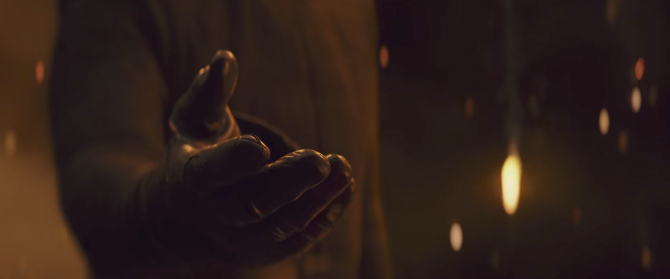
The acting in The Last Jedi is one of film director Rian Johnson’s largest ways of evolving characters. For example, Rey continues to develop throughout the story through just her movement, being established as a character that has seen the light of day and has evolved more than her previous predecessors through scenes that are only seconds long. Rey has lived on the scrapyard of Jakku for all of her life. When it begins to rain on the island, you can see Rey a little nervous at first when approaching the rain during the night. She takes shelter under the Millenium Falcon before reaching out to what she does not understand. Upon realizing the feeling of water, she steps into it and even drinks it for a second. That scene that you may not remember was not a major part of the film. This scene was, in fact, less than ten seconds. Through a mere ten seconds, the audience is able to learn that Rey is perhaps a foreigner to her current environment without even having to see the previous film or have any prior knowledge about the character. The character continues to learn about the new environment she is experiencing by showing the audience through a short amount of frames of what she does while exploring these new grounds. The knowledge of the weather helps her bravely follow Luke around the island despite the harsh conditions she now knows are safe to tread through. Another one of my favorite scenes is when Ben Solo begs Rey to join him in his conquest for the galaxy. After Rey denies his request, he looks back and says only one word. “Please.” Ben’s desperate look reflects that of Rey. Rey is desperate for a teacher who can help her learn how to use her powers, while Ben is just looking for a companion that will actually be his friend and a mentor. Both have mentors who they do not exactly support or get along with. It’s a scene that show how both characters have so much in common, despite their allegiances rivaling each other. Rian Johnson may have developed an adrenaline rushing story that feels as if it never slows down to develop characters, but in actuality, he is multitasking the two throughout the film. These are just two examples of how Johnson managed to cramb an overwhelming amount of story into a film you probably walked out of weary.
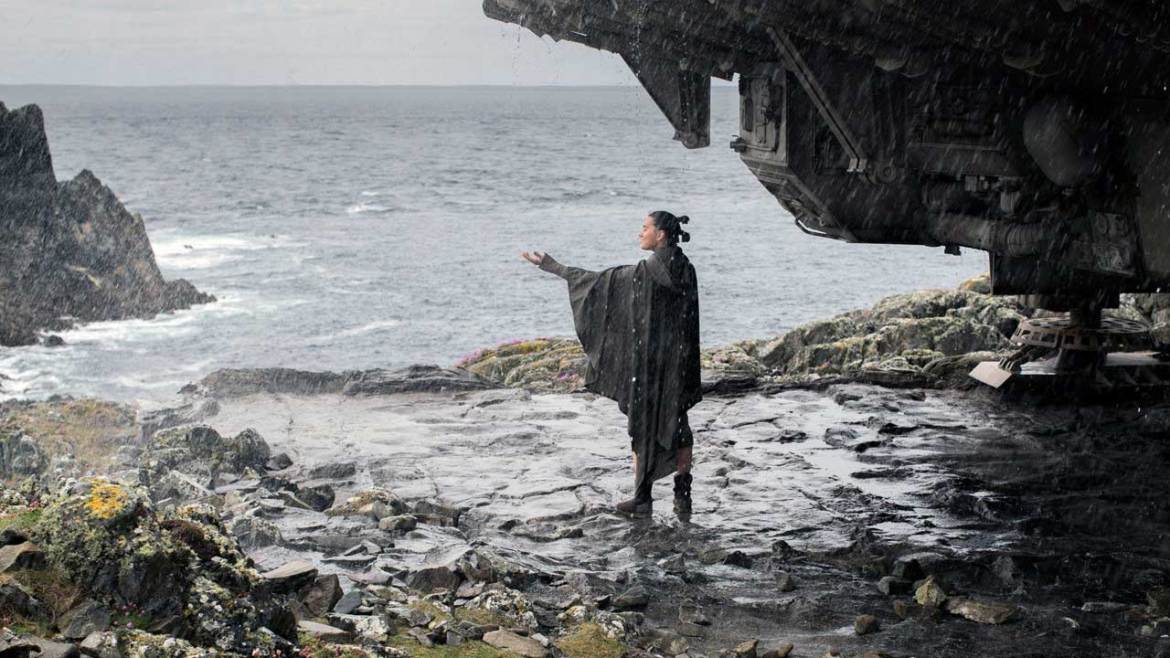
Looking back over The Last Jedi, there were so many obscure details that the audience misses, despite it being right in front of their eyes that further developed the entire movie. The film never needs to slow down in order to discuss its characters and situation because it is already doing it at a constant rate. I find it hard to believe that a fanbase that looks over these films so comprehensively are the ones who simply passed over the smallest scenes and details that hold the most amount of weight on what they cared most about. The Last Jedi is merely a poor film in the perspective of many hardcore Star Wars fans, due to their expectations being set so high and expecting LucasFilm to follow a storyline that their new bosses decided to no longer be part of. If you did not like The Last Jedi during your first showing, then I highly recommend you head back to the theater and give it another chance or when it arrives on streaming platforms and DVD early next year. You should not expect a character to be held to the same standard they once were. This is a new interpretation of the events after Return Of The Jedi. If you can not look past the now non-canon you slowly unfolded over the course of nearly three decades that were never turned into films, then you will never be able to enjoy Star Wars for what it once was. A deceptively simple, well crafted space opera that goes beyond its expectations in order to deliver a fun and memorable story with characters that will be looked up to for generations, it can be said that The Star Wars formula was never changed. The current generation of Star Wars viewers will view future entries of the franchise, the same way you currently do. It’s a never ending cycle that resulted in the same consequences across two generations and now a third; more love is being dumped into the stories you might have hated overtime, while the newest generation continues to love nearly every single film that released before them.







